Mairena del Alcor, flamenco, tradition and history
Mairena del Alcor, a town shaped by its rich heritage, flamenco and traditions, is nestled between Los Alcores and Seville’s La Campiña. The town lives its festivals –Epiphany, Carnival, Holy Week, Feria and Pilgrimage- with sincere devotion and joy.
Antonio Mairena, a great flamenco singer, was born here. One of Spain’s leading Flamenco Singing Festivals is held here annually in his honour Spanish. This form of art, source of the town’s culture and traditions, is not only cherished but also promoted.
The same could be said of the Feria, declared an event of Tourist Interest. It is not only the first one to take place each year, but more importantly, the oldest in Andalusia. The Feria de Mairena del Alcor, which dates back to the Middle Ages, was initially a cattle fair. King Juan II of Castile granted Pedro Ponce de Leon special permission to hold the fair.
While strolling through the town centre, you will come across monuments of historical significance, including the Castle, the Casa-Palacio of the Dukes of Arcos and the Santa María de la Asunción Church.
Enjoy the delicious cuisine, which often features local oranges. You should also sample the sopeao, a typical soup that farmers ate for lunch.
Come to Mairena del Alcor and explore its flamenco, traditions and history.
Getting to Mairena del Alcor
If you travel by car from Seville, take the A-92 motorway. At Alcalá de Guadaíra, enter the A-392 at exit 12A and continue until Mairena del Alcor.
Alternatively, take the A-4 motorway and enter the A-8025 to Mairena del Alcor at exit 521.
The town does not have a train station, but you can take the M-126 bus line run by Seville’s Transport Consortium.
Getting around
The best way to discover Mairena del Alcor and its beautiful architectural heritage is on foot. Alternatively, you can ride the local bus.
If you bring your bike, you can also cycle on one of the paths in the natural surroundings that overlook La Vega.
Reasons to visit
- Visit Luna Castle and learn about the town’s history at the Bonsor House Museum.
- Wander around the narrow streets of the old town and stop at Calle del Arco, the most picturesque part of town. You take a photograph with the church tower in the background in this picture-perfect street.
- Visit the Cristo de la Cárcel Chapel, home to one of the images most revered by the locals. If you want to know the legend about this Christ, you will have to head to 7 Calle Ancha. A tile panel explains part of this curious story.
- Come to Mairena del Alcor for the Feria de Abril, the oldest in Andalusia and declared of Andalusian Tourist Interest. It always takes place a few days before the one in Seville. It has been attended by many celebrities, including Washington Irving and Estébanez Calderón. The latter famously remarked that the town was the trendsetter in Andalusian fashion.
- If you are a flamenco enthusiast, come to the Antonio Mairena Flamenco Festival, one of Spain’s most significant flamenco events.
- If you come in March, be sure to watch the procession of the Cristo de la Cárcel procession. The painting of the Crucified Christ is transferred from the chapel to the main temple on 11 March. It is returned to the chapel on 18 March. It is one of the most overwhelming processions in the province of Seville. Everyone remains in absolute silence. The holy painting is borne through the dark streets illuminated only by candles, accompanied by penitents in shackles (‘grillos’). The street lighting is turned off.
- Visit the Villa del Conocimiento y las Artes, home to the José Manuel Lara public library, and discover its 90,000-strong documentary collection. The Fabiola Room has over 30,000 books from the José Manuel Lara Foundation. The Consuelo García Píriz public library, named after Lara Bosch’s widow, is also supported by the José Manuel Lara Foundation.
- Sample the typical local dishes, including conejo en salsa and sopeao. For dessert, enjoy a locally grown orange.
- Come and experience the Holy Week and the Matanza del Judas, when the town burns a straw effigy of Judas. This ritual has become an Easter Sunday tradition that ends Holy Week.
What to see
Begin your visit at Calle Real, one of the town’s oldest streets where the 15th-century Casa-Palacio of the Dukes of Arcos stands. Stroll through the stately courtyard, where the Festival y Concurso de Cante Jondo Antonio Mairena takes place every September.
Slightly ahead is the Iglesia Mayor Santa María de la Asunción of Gothic origin. The church houses extraordinary works of art, including an 18th-century chalice and a painting of Our Lady of Guadalupe by Juan Correa, a Mexican baroque artist. It is also home to the Confraternity of El Cristo de las Ánimas del Purgatorio, the only one of its kind in the province.
Walk up to Luna Castle, as it is known to the locals. You will be amazed by its magnificence and impeccable gardens. The monument is home to the Jorge Bonsor Museum, named after the Anglo-French painter and archaeologist. He bought the Castle in 1902 and lived there. Be sure to explore the archaeological remains discovered in the Olivar del Castillo Park. It used to be the quarry where the stone to build the Castle was extracted. It is now a nature interpretation centre with a biodiversity classroom, a mock archaeology site and a fascinating insectarium. The views of La Vega from the Castle are stunning.
The town also boasts other architectural gems, such as the Fuente del Alconchel, which used to supply water to the residents, and Calle del Arco. This street, a truly picturesque symbol of the town, is adjacent to Calle Ancha. Finish your tour at Plaza de las Flores, where the Town Hall, the Peña Flamenca and the Cristo de la Cárcel Chapel are located. The Chapel is home to the highly revered painting of the ‘Señor de Mairena’. The original 16th-century painting was burned at the beginning of the Spanish Civil War. Be sure to ask about the fascinating legend about this painting. You can also read about it on the tile panel found at 7 Calle Ancha.
Other important religious buildings in Mairena del Alcor include La Inmaculada Chapel, in the area known as La Barriada, and the Shrine to San Sebastián, a Gothic Mudejar temple, home to the patron saint of Mairena, the Virgen de los Remedios. The pilgrimage in her honour is at the end of September.
After visiting the Shrine to San Sebastián, walk up Calle San Fernando (popularly known as Calle Mesones) to the right of the shrine. You will reach the Paseo, where the Feria was held until the early 1980s.
As you continue, you will come across the Monument to Cervantes, who named Mairena in his short story, El coloquio de los perros (The Dialogue of the Dogs). This sculpture was made by the local artist Antonio Gavira Alba.
Further on, you will reach the grounds on the outskirts where the Feria is currently held. You will see the Monument to the Old Feria, a sculpture of a couple on horseback dressed in traditional 19th-century attire. Ask a local about which part of the horse do you have to touch to return to the Feria.
Finally, follow one of the routes around town. Remember that Los Alcores Greenway crosses this municipal district, connecting Carmona with Alcalá de Guadaíra.
Places to visit
- Luna Castle
- Olivar del Castillo Park
- Casa-Palacio of the Dukes of Arcos
- Bridge over the salt stream
- Alconchel Fountain
- Mudejar Arch
- Santa María de la Asunción Church
- Cristo de la Cárcel Chapel
- Shrine to San Sebastián
- Enrique Tierno Galván Park and Monument to the Old Feria
- La Inmaculada Chapel
Surroundings
Mairena del Alcor is about 26 kilometres from Seville in the La Campiña region. Its municipal district is part of the Vega de los Alcores. The Los Alcores Greenway crosses its natural landscape, connecting Alcalá de Guadaíra and Carmona.


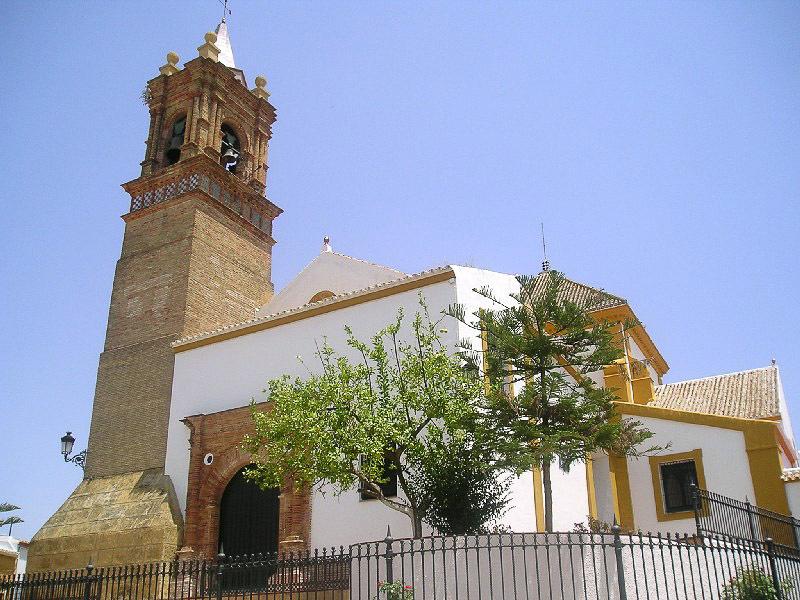
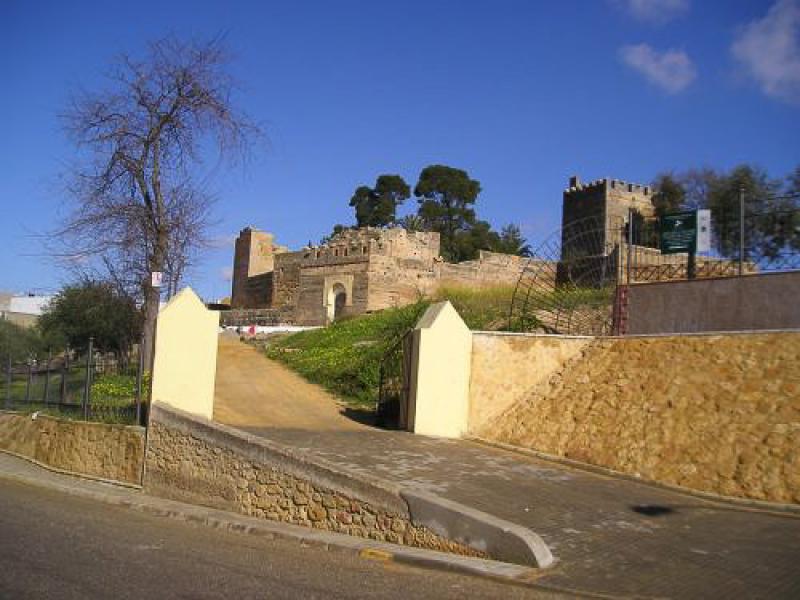
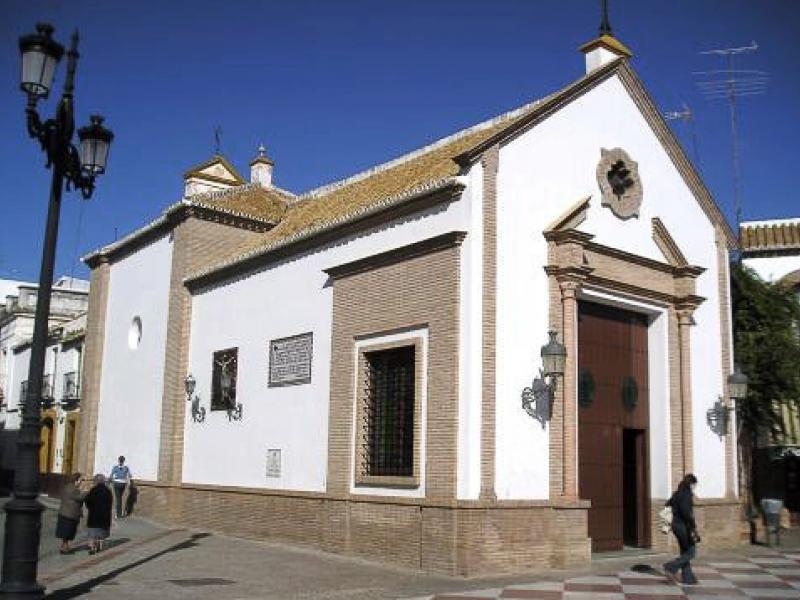
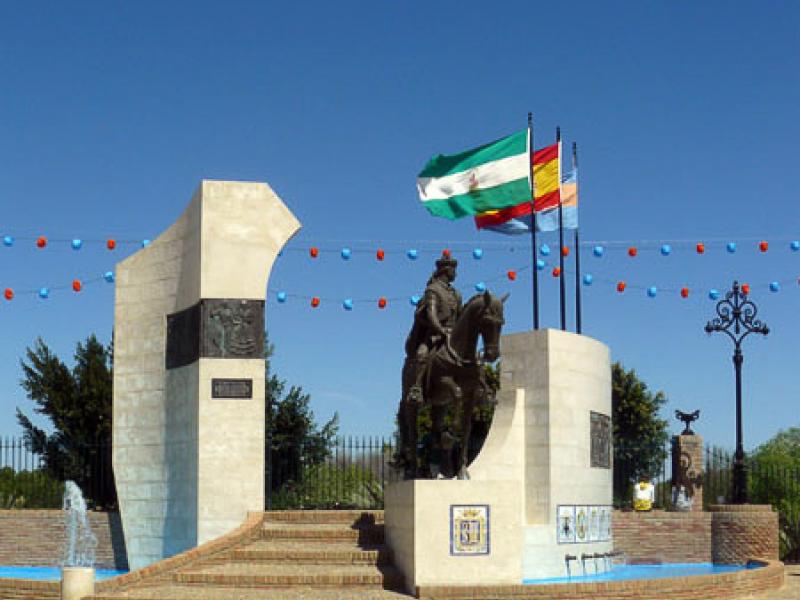
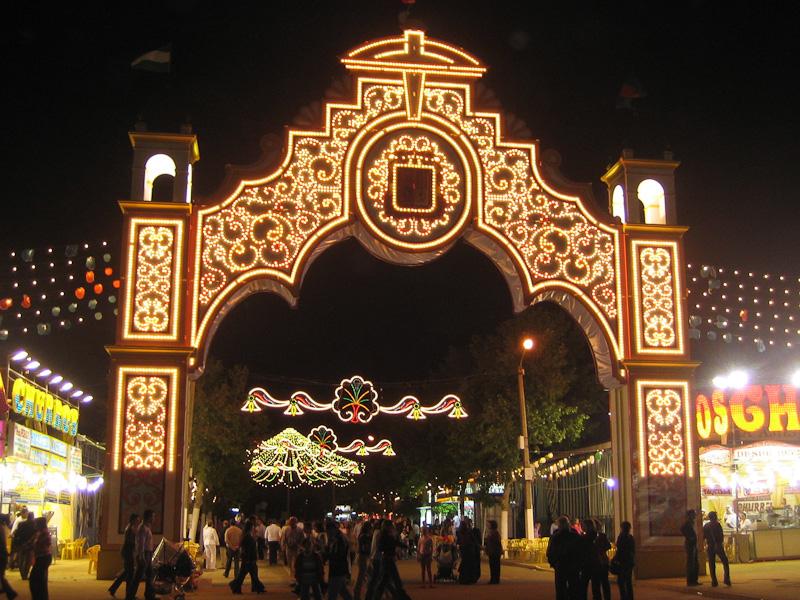
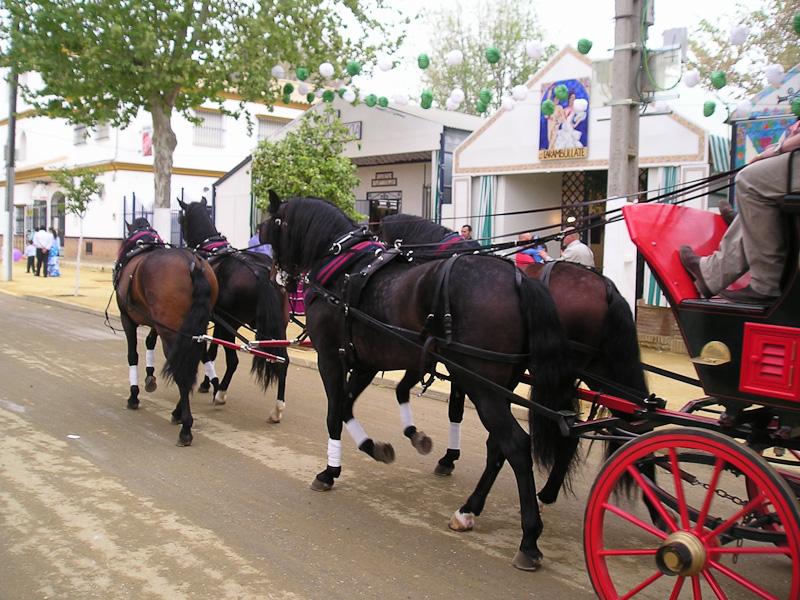
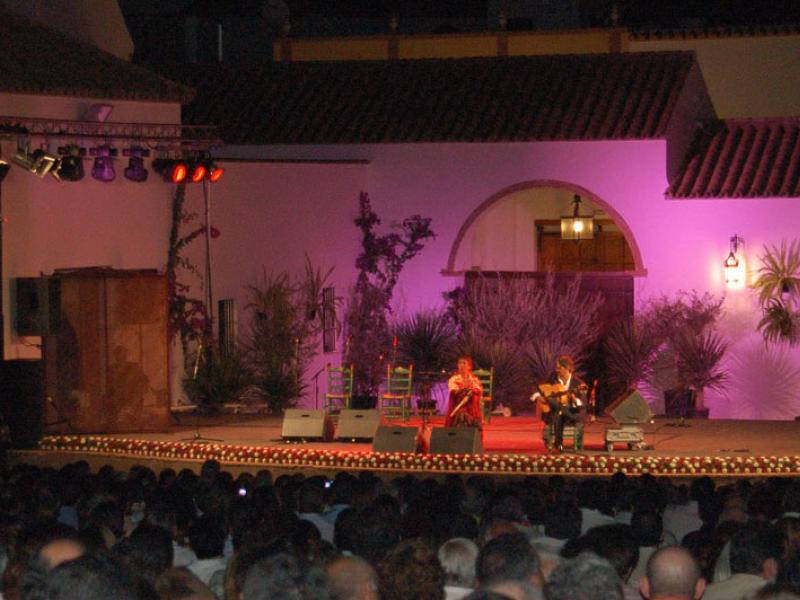
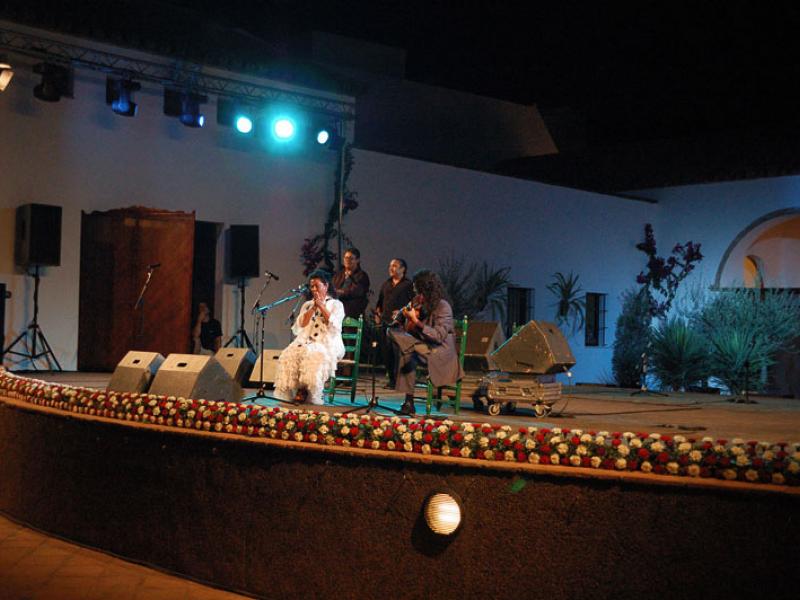
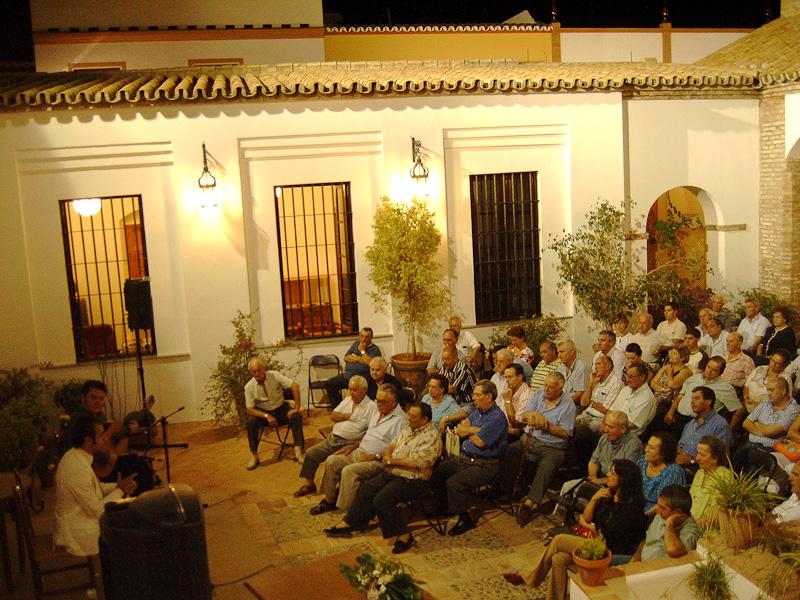
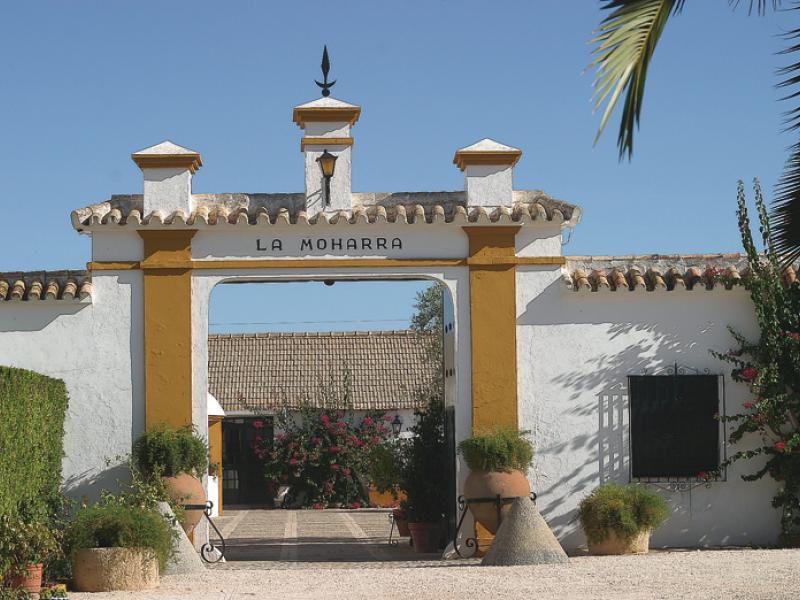
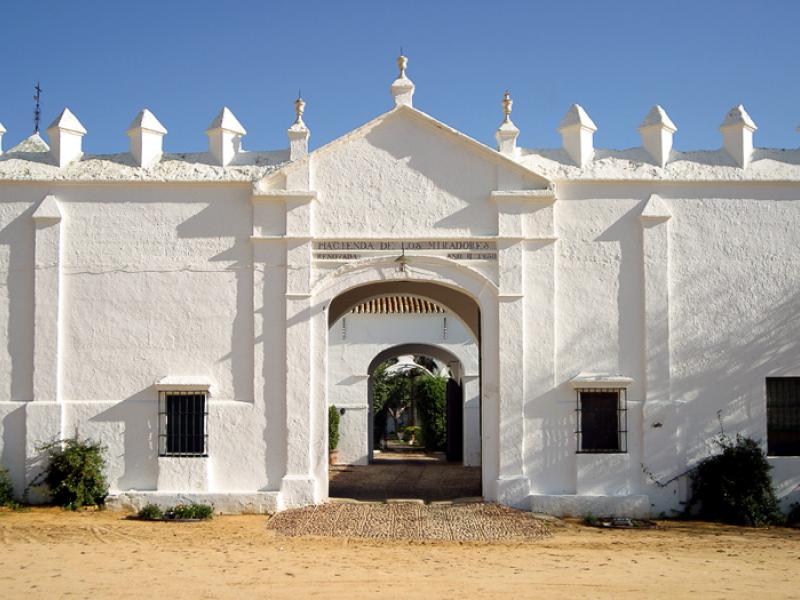
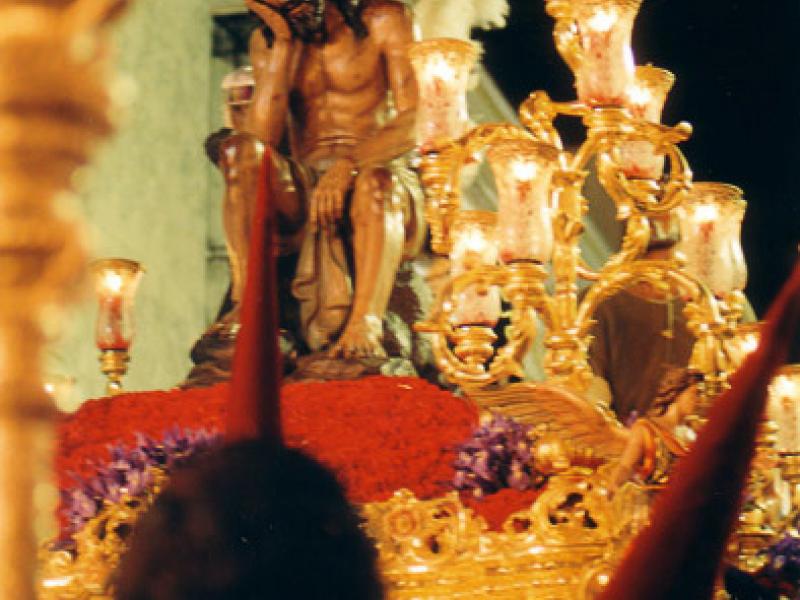
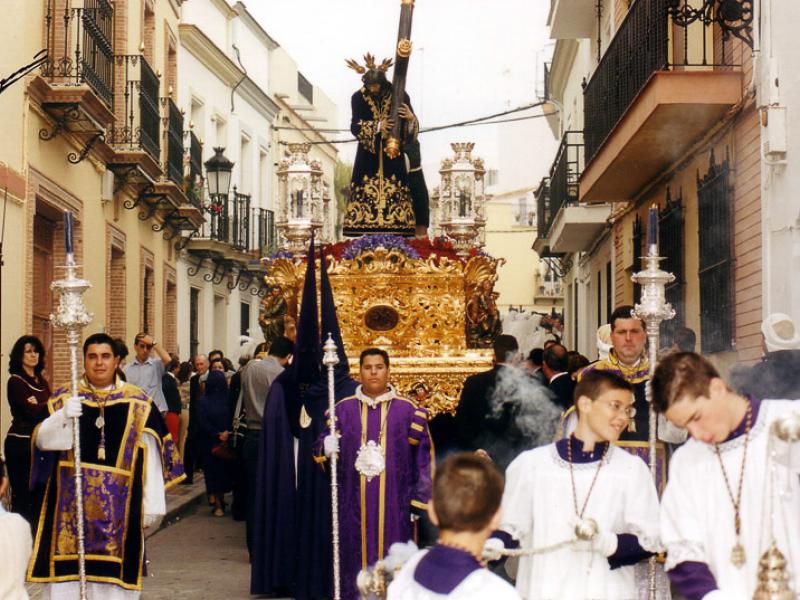
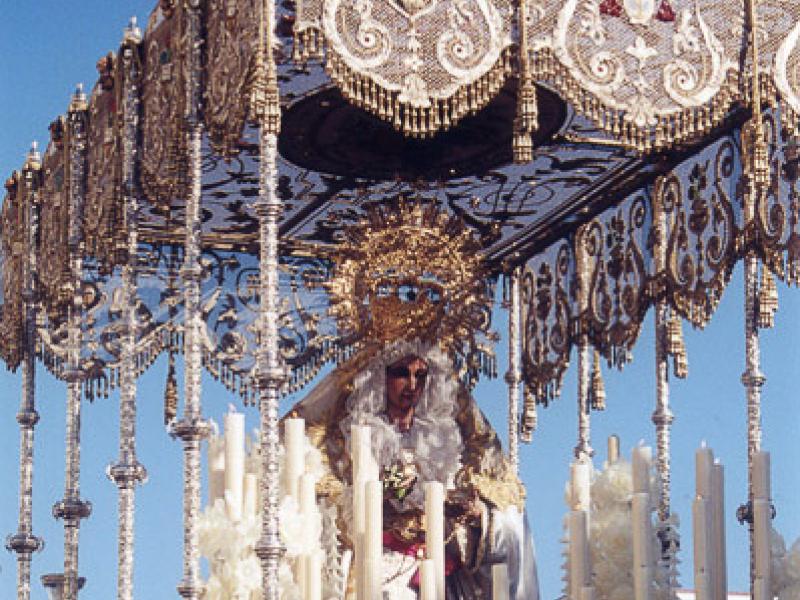
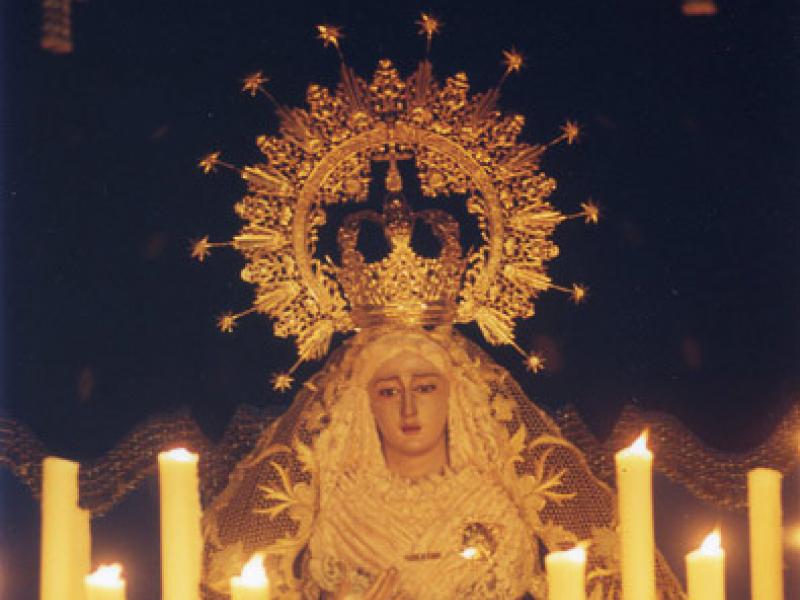
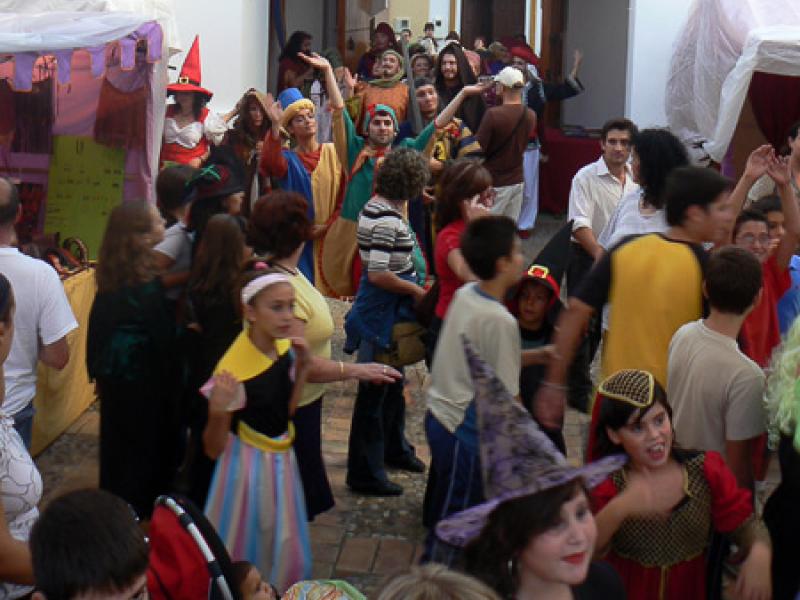
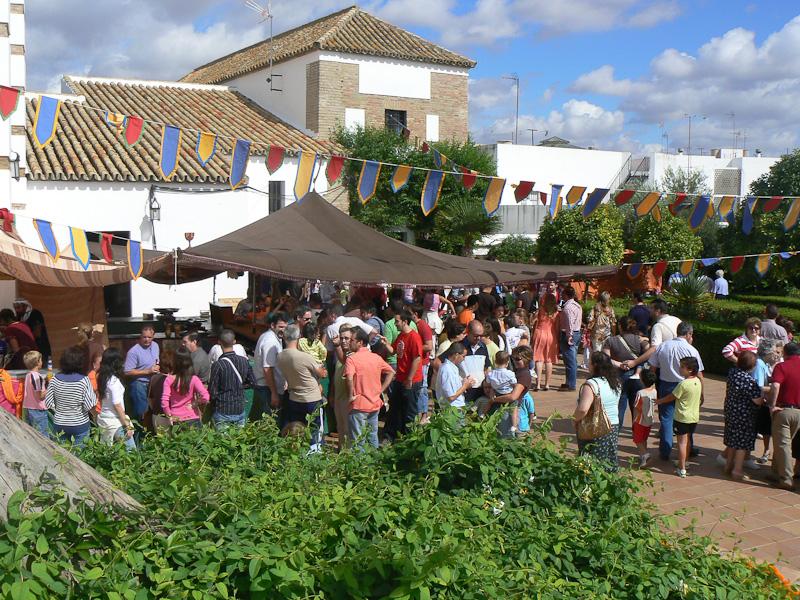
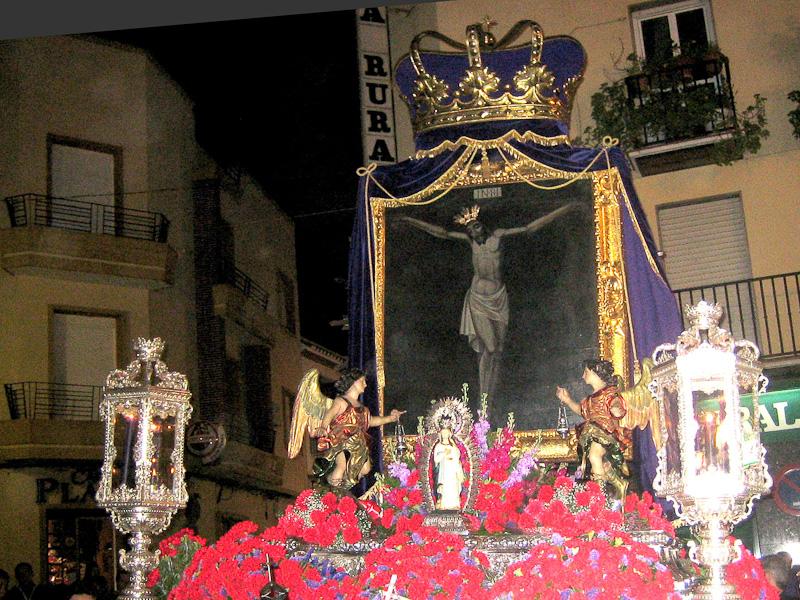
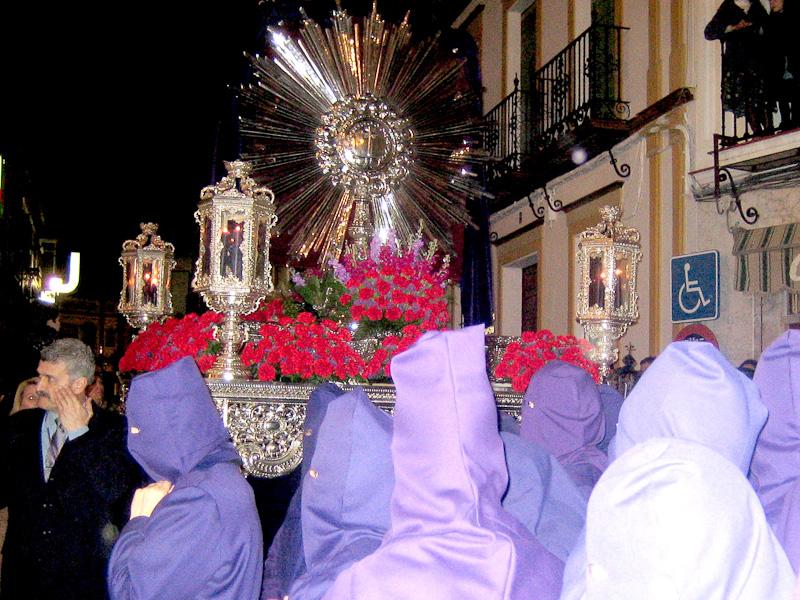
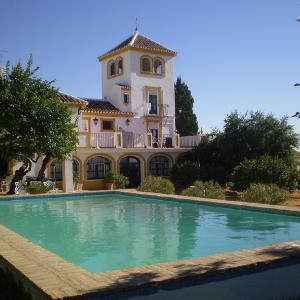
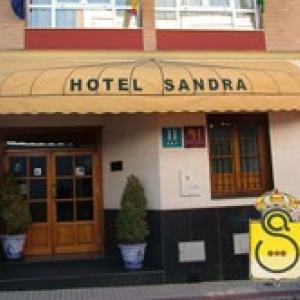
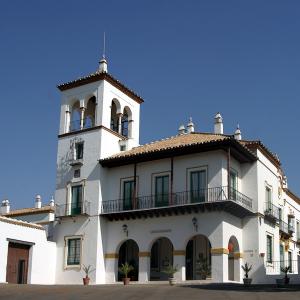
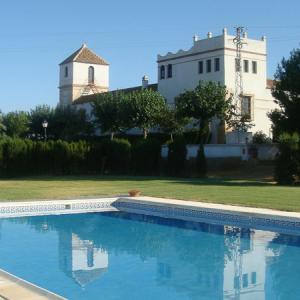
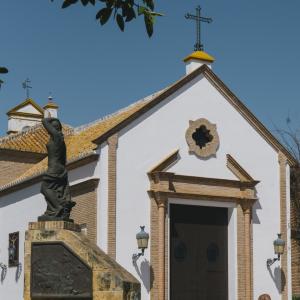
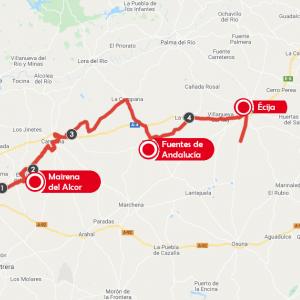
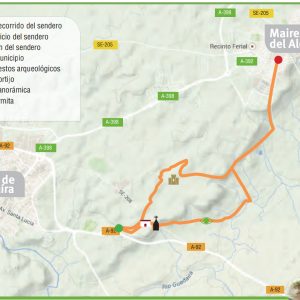
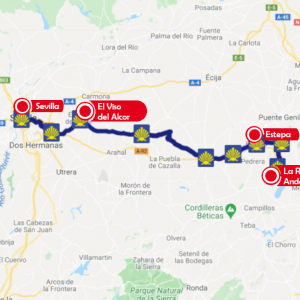
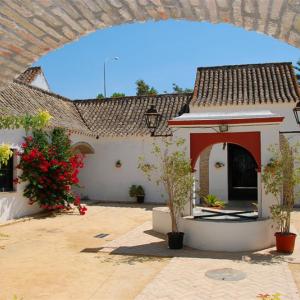
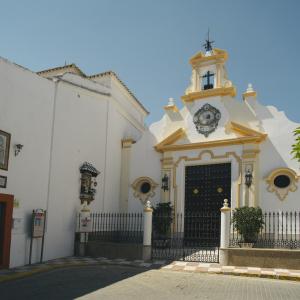
0 comments
New comment
The comments are moderated, so it takes a while to appear. If they contain offensive language they will not be published.